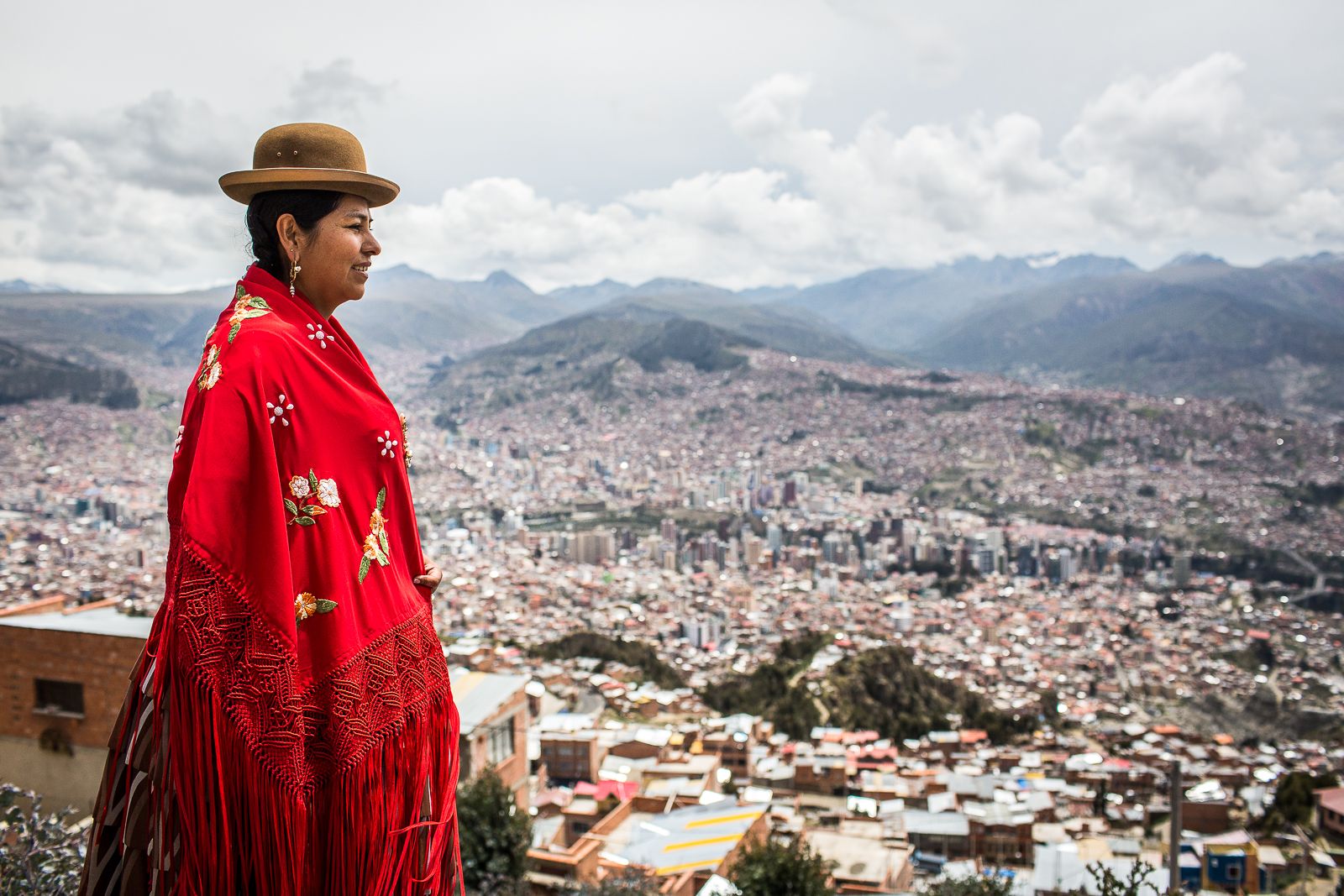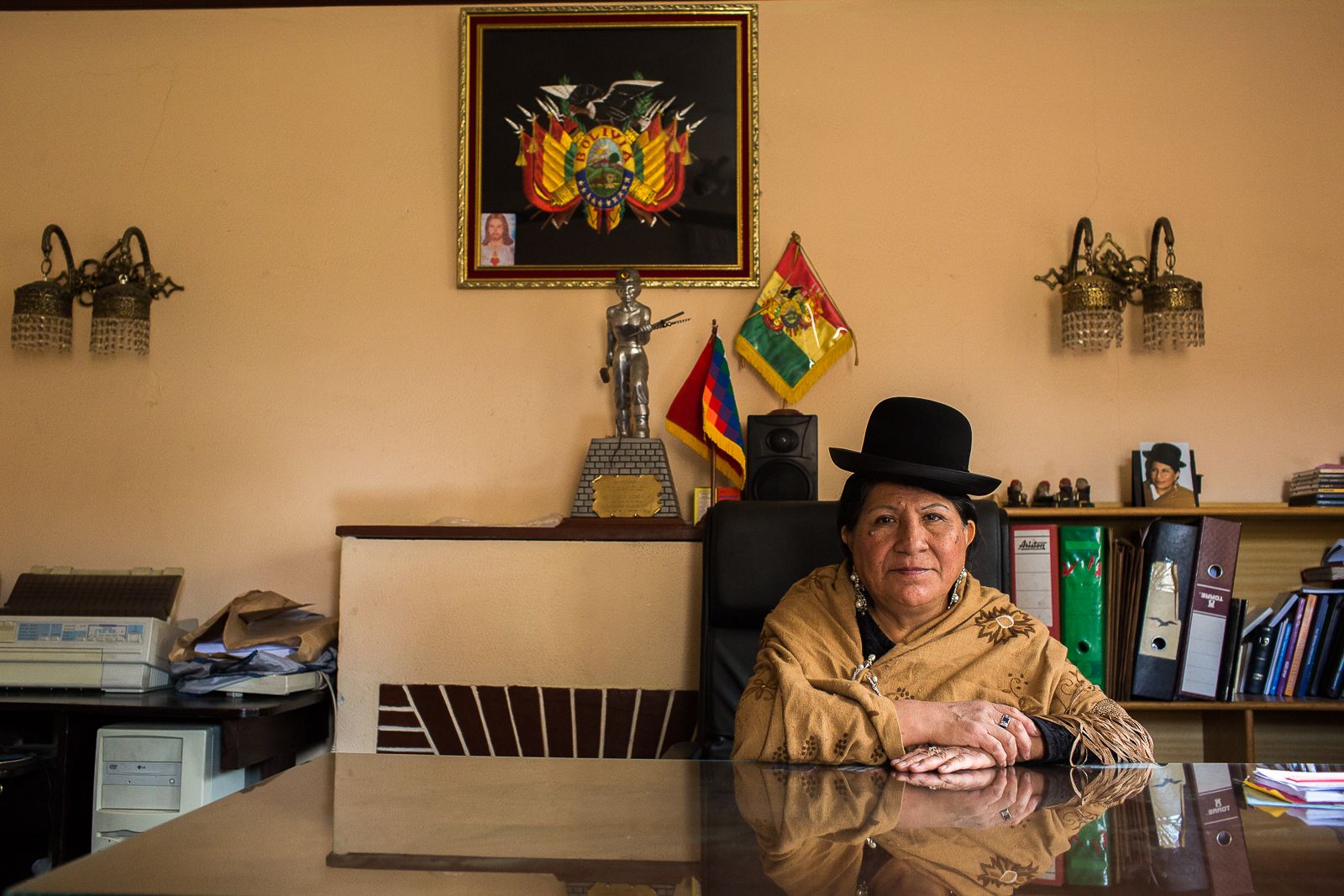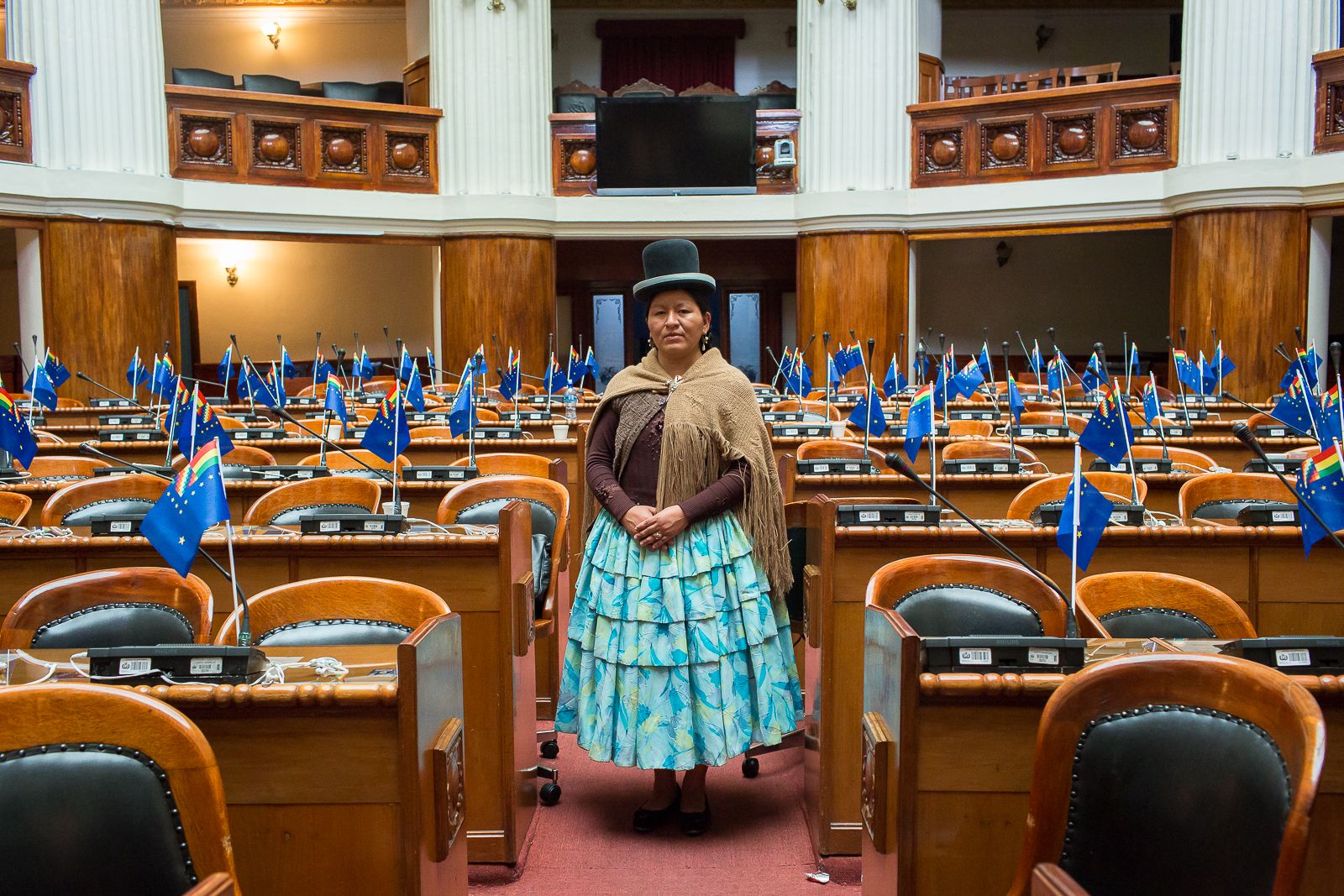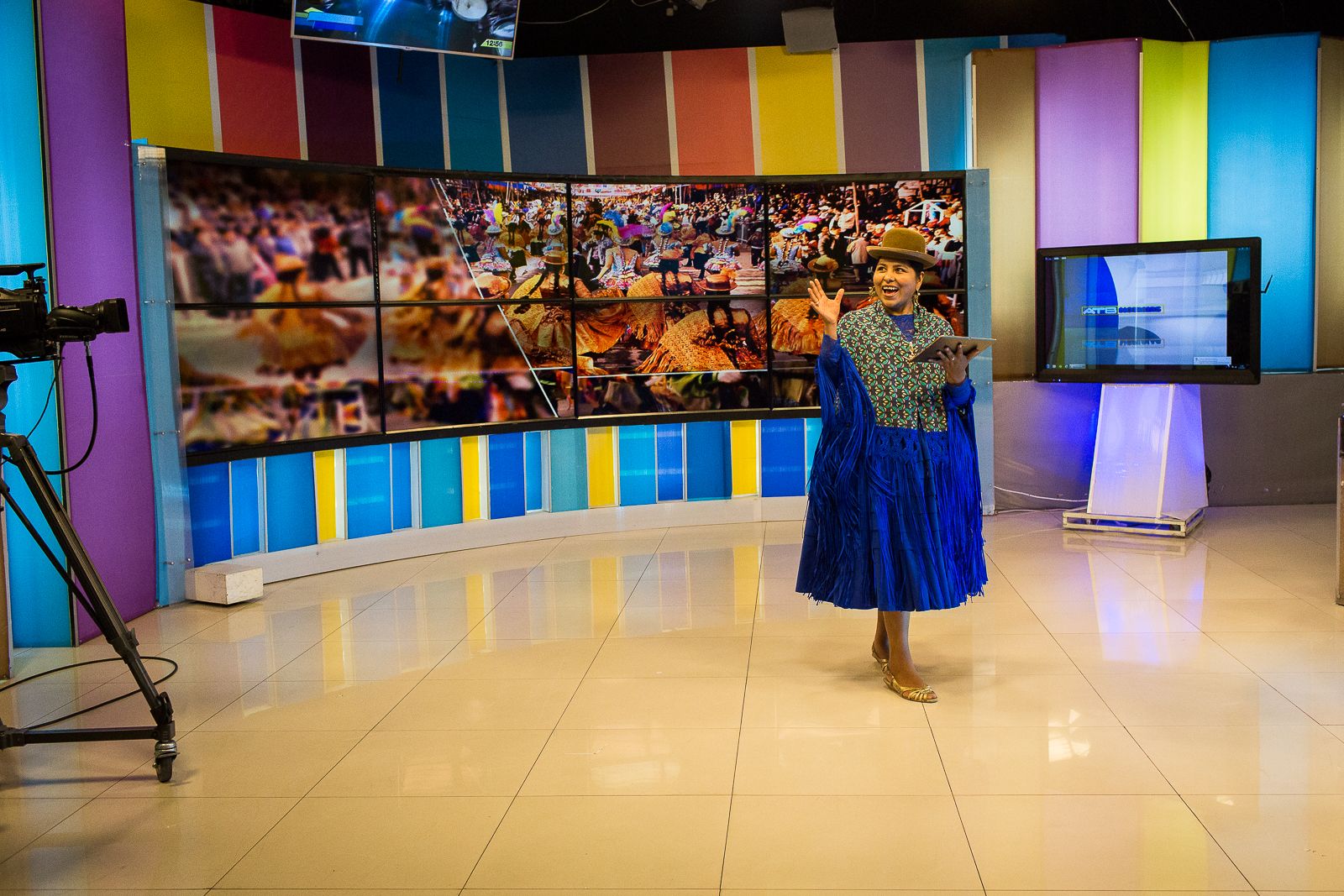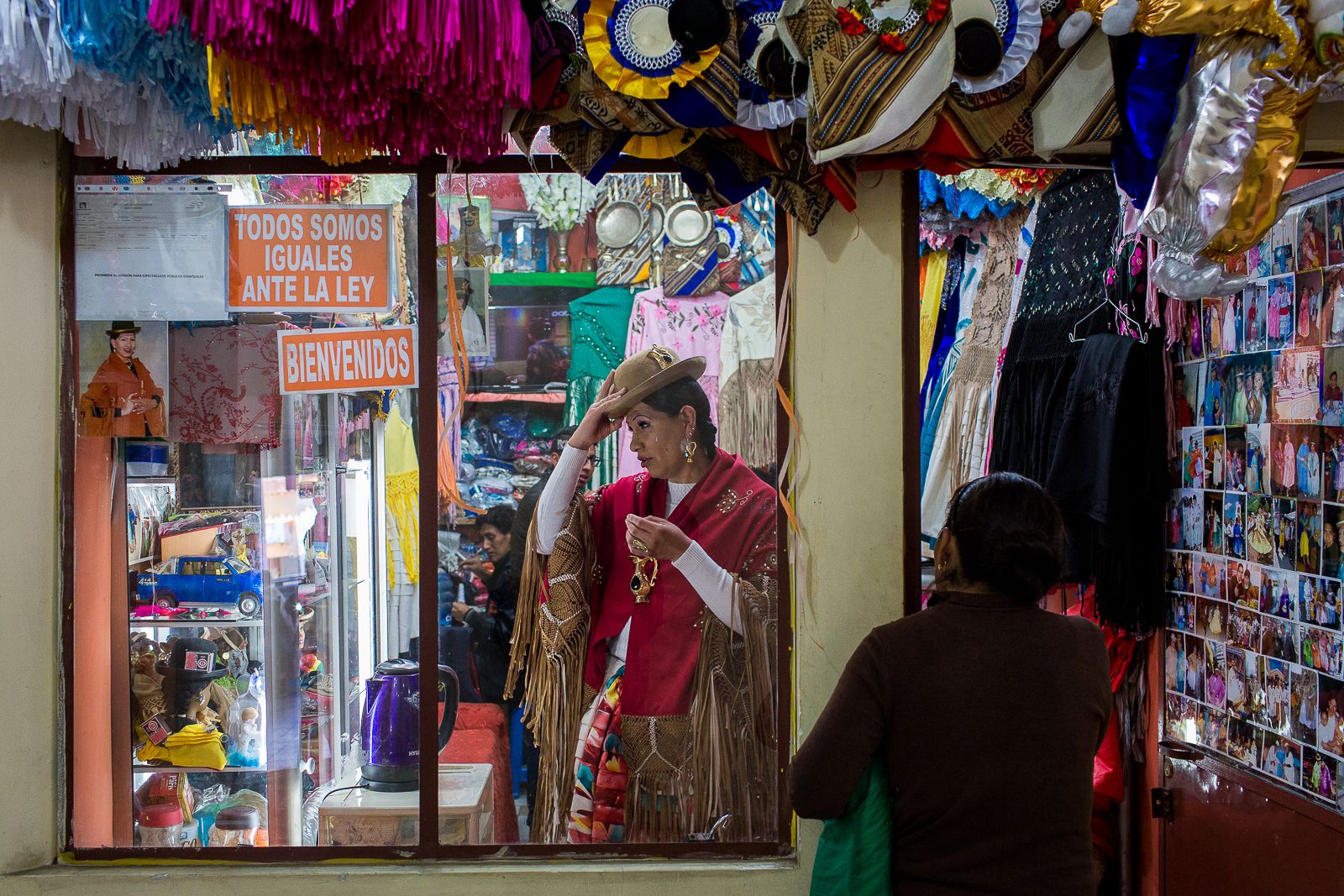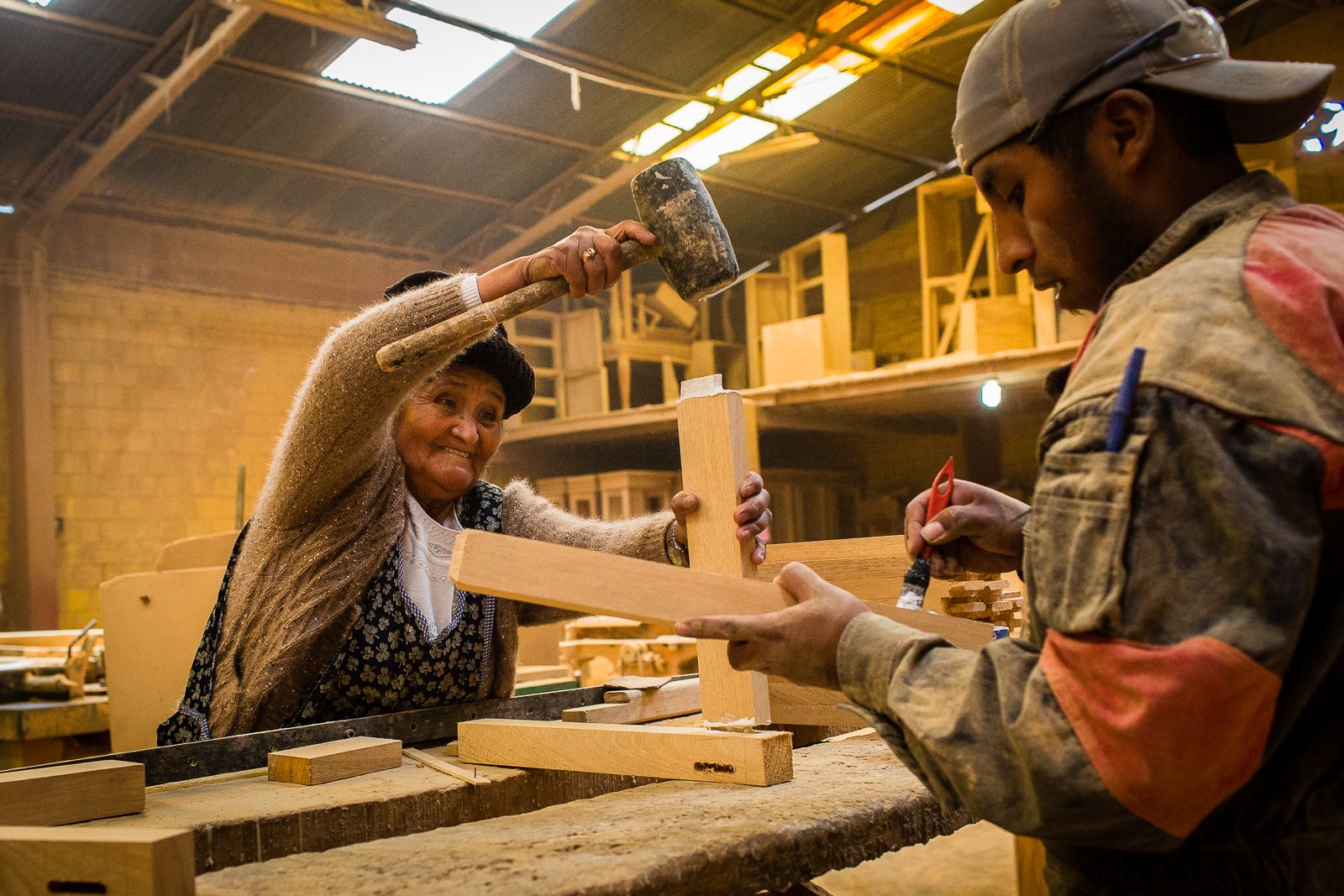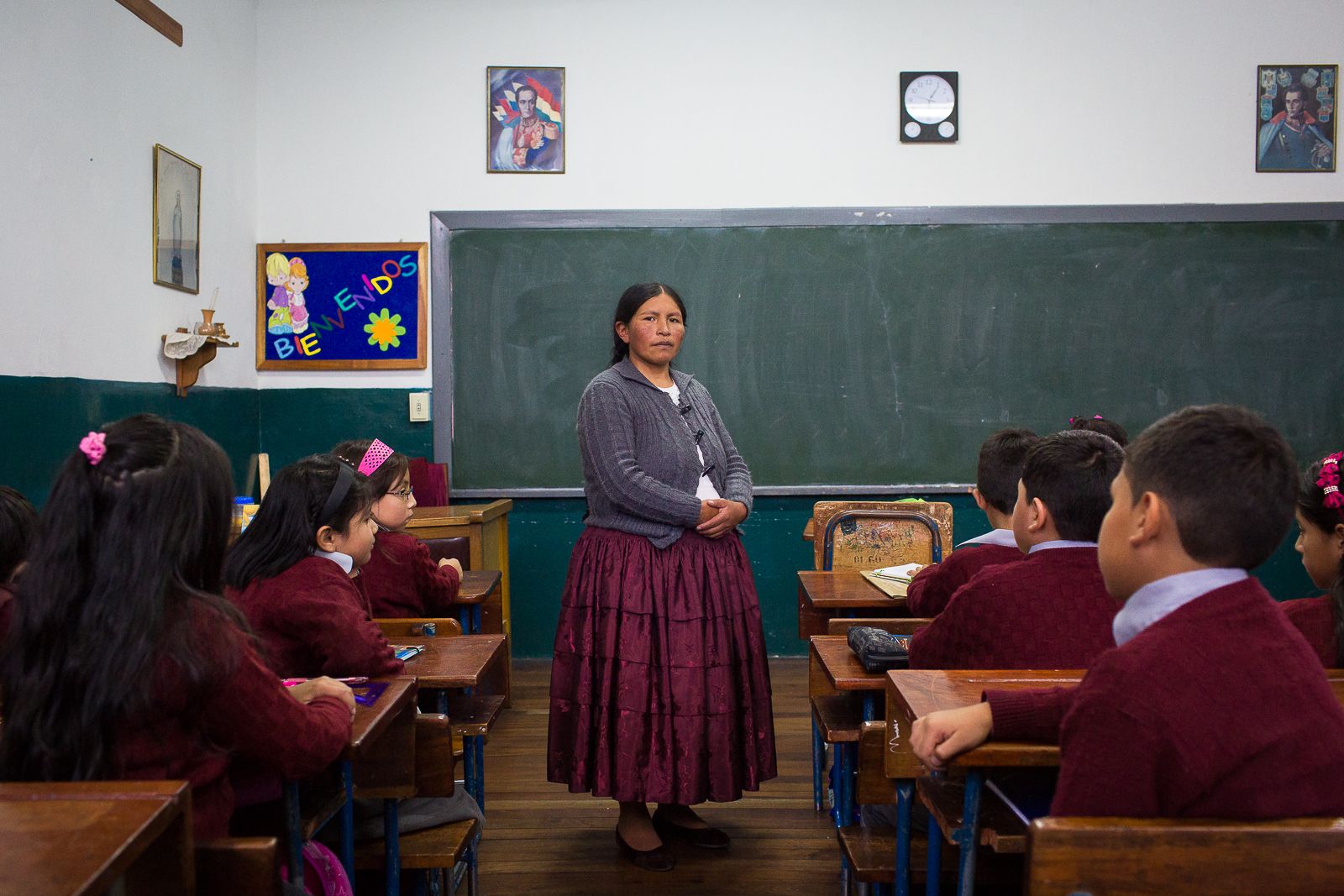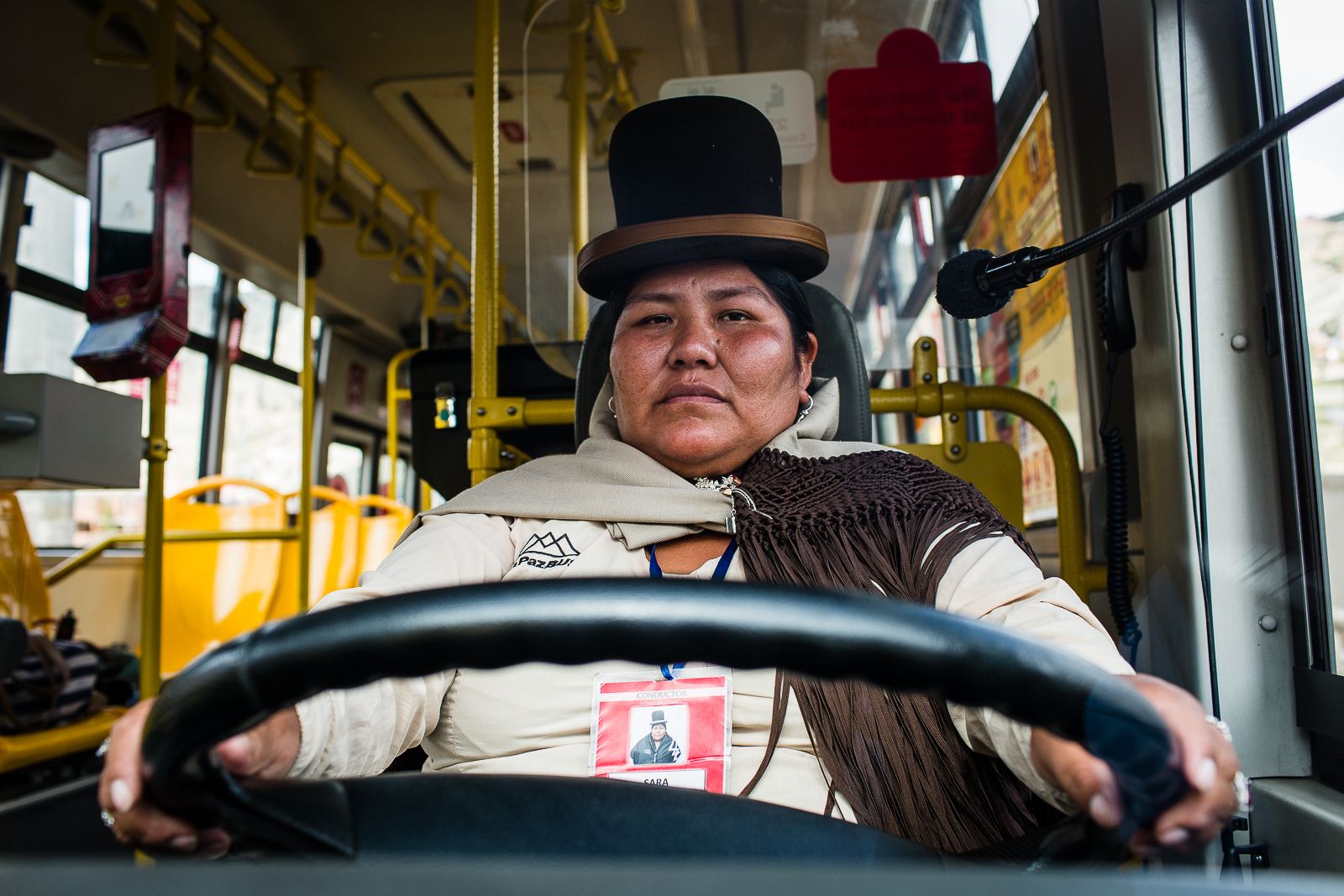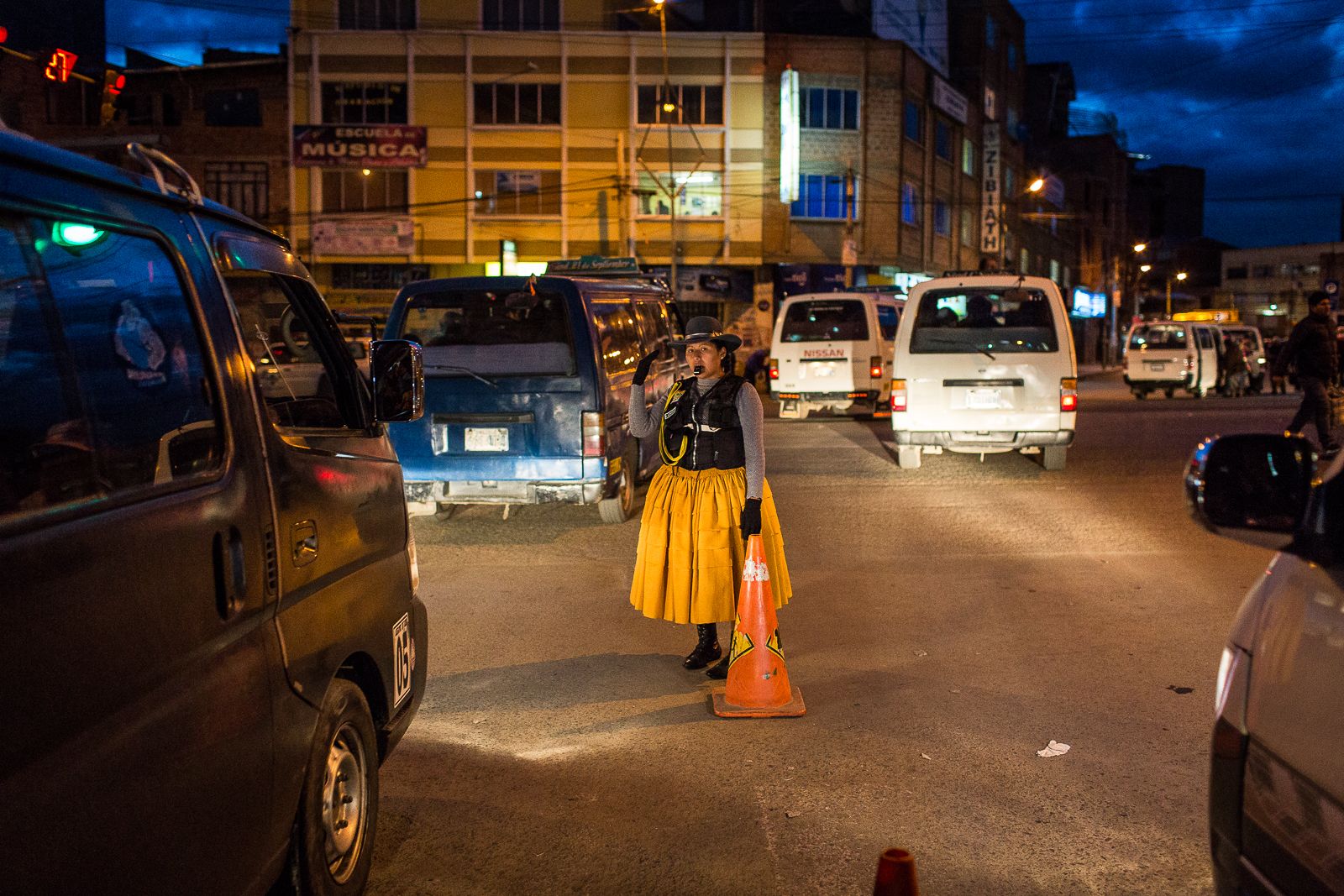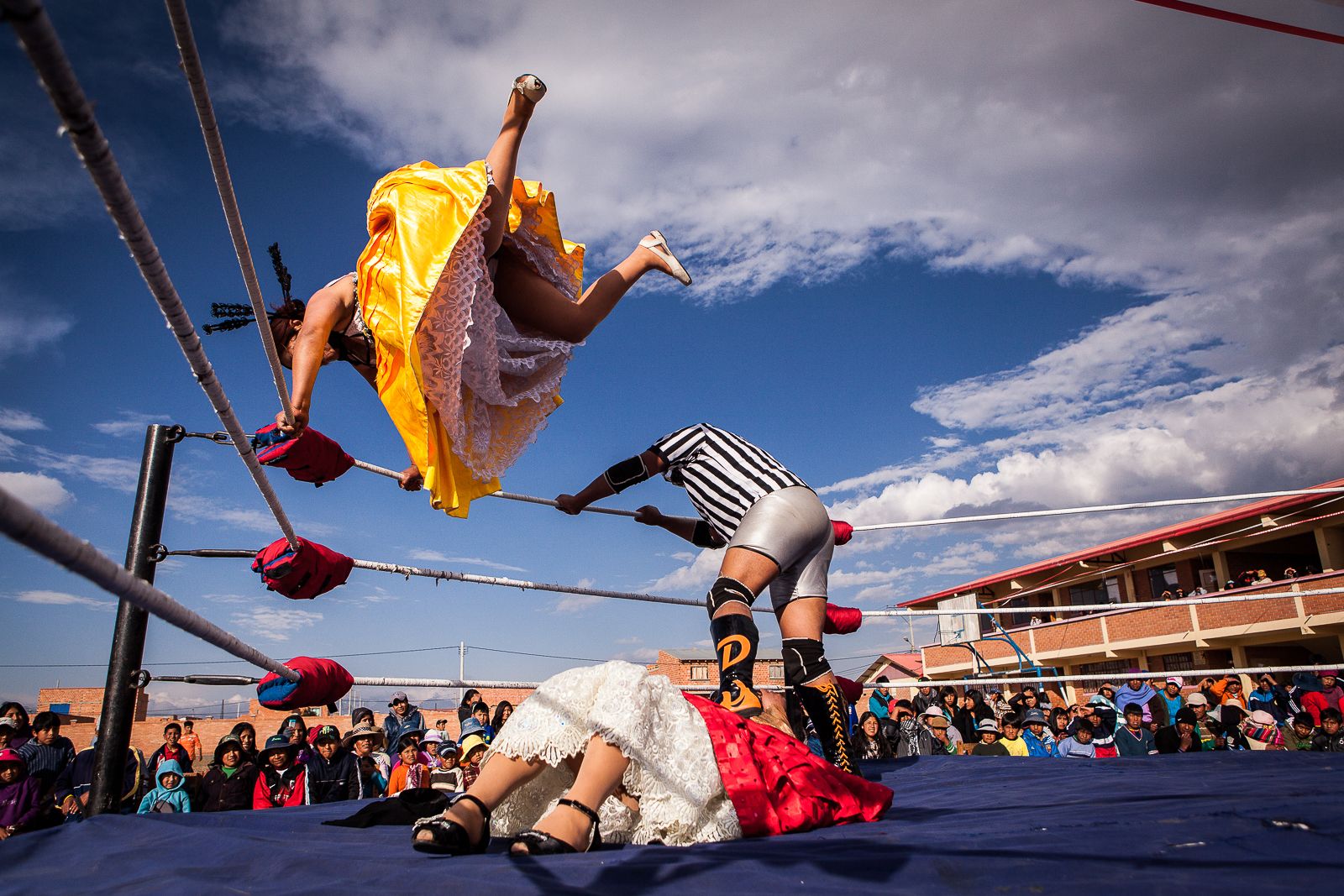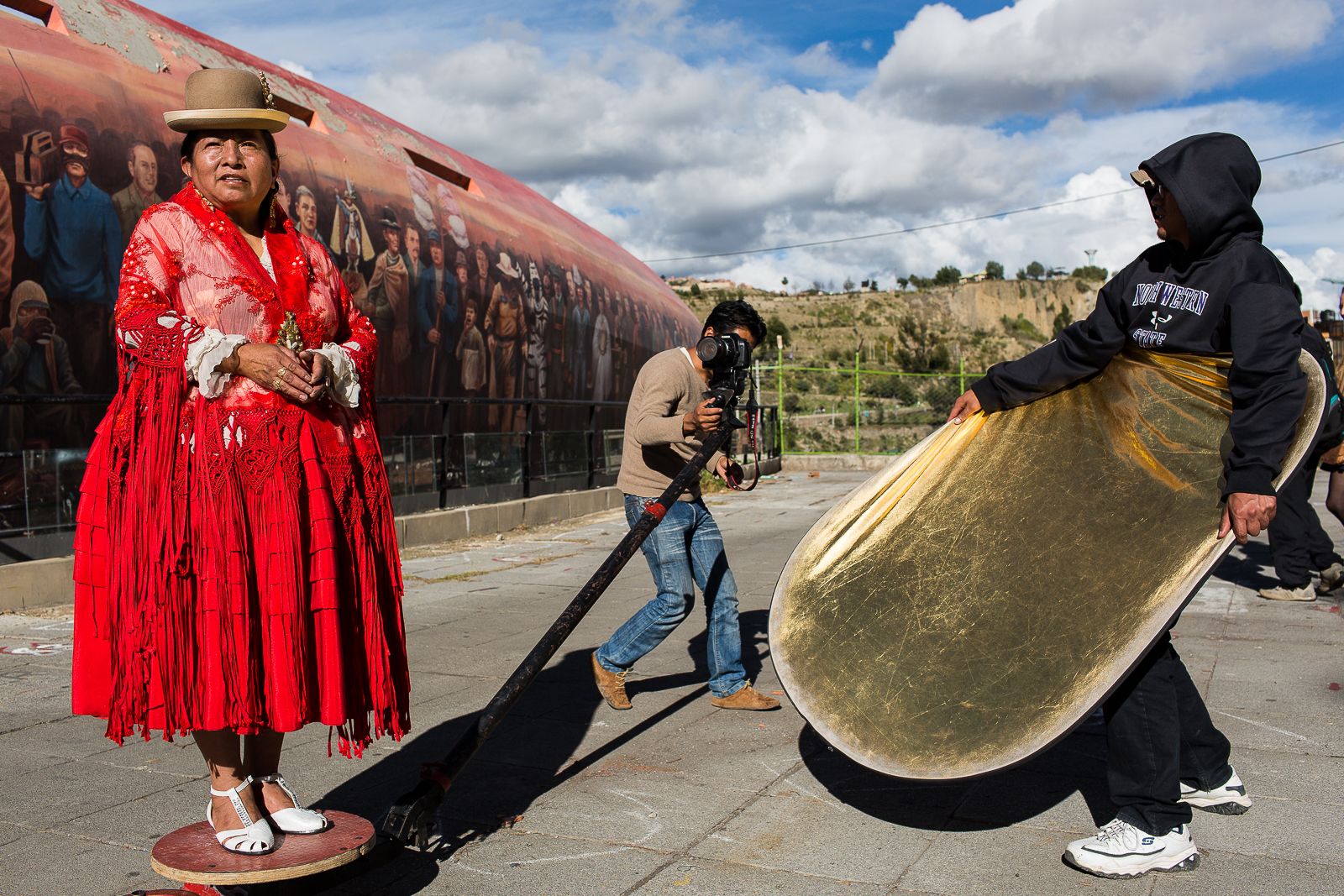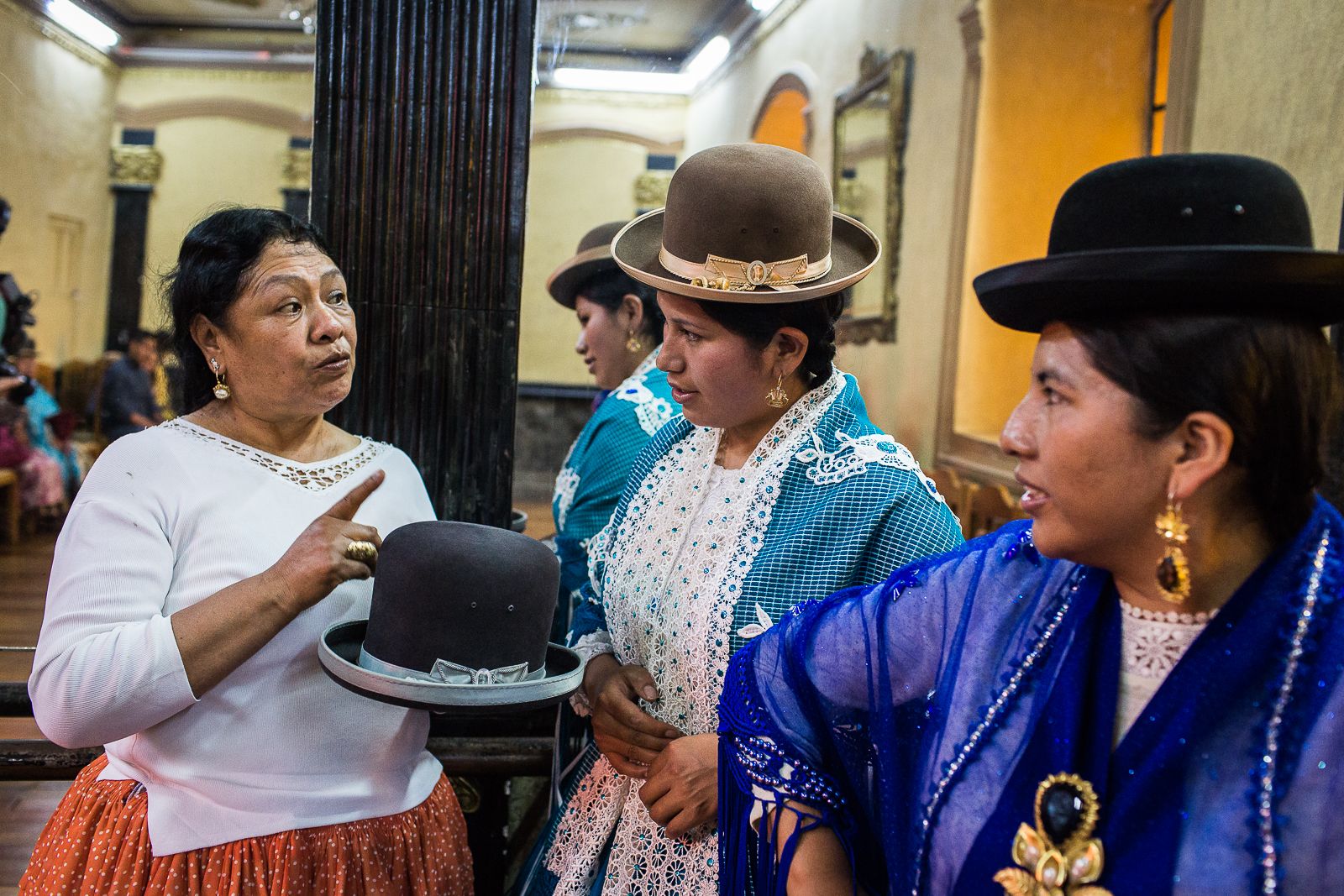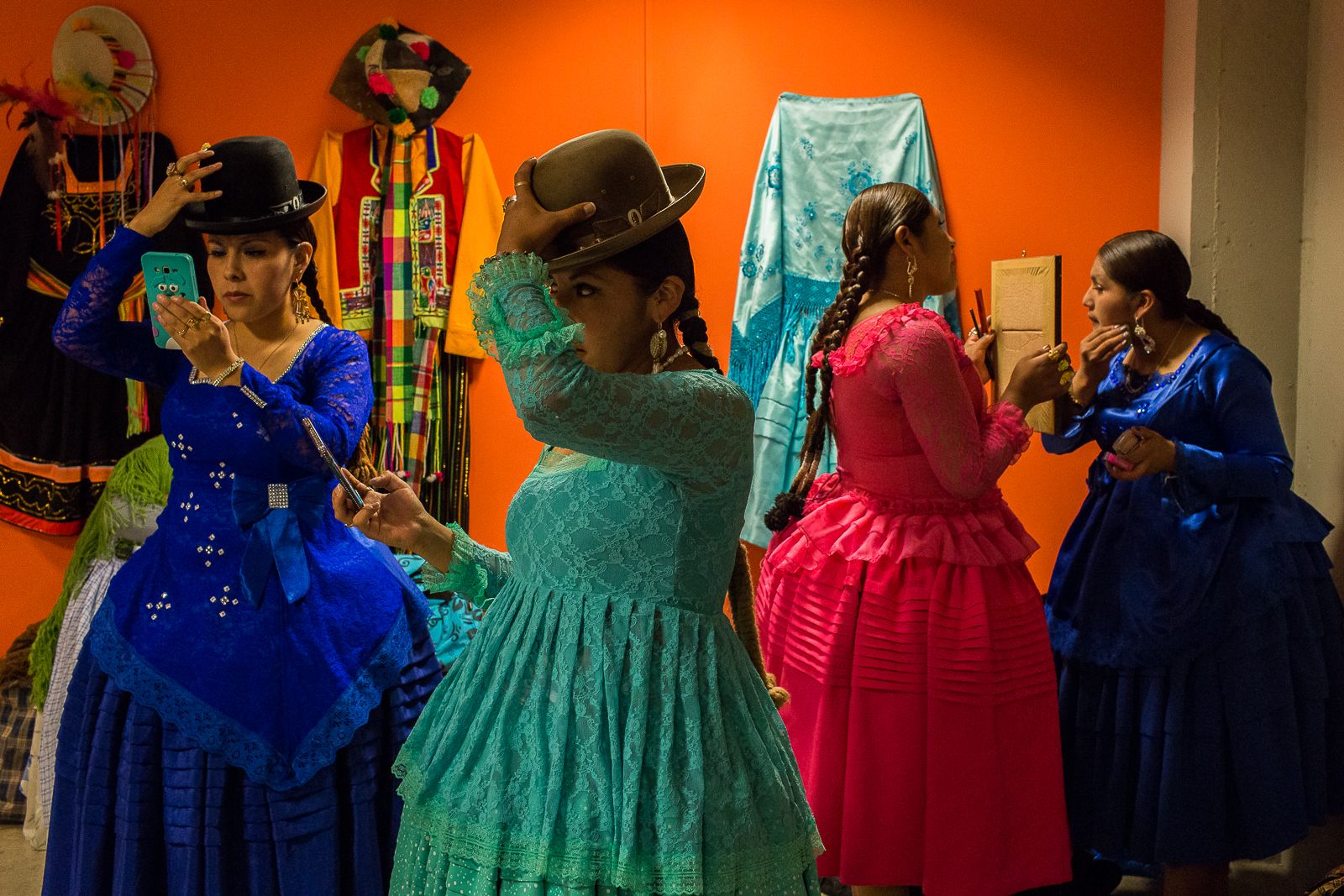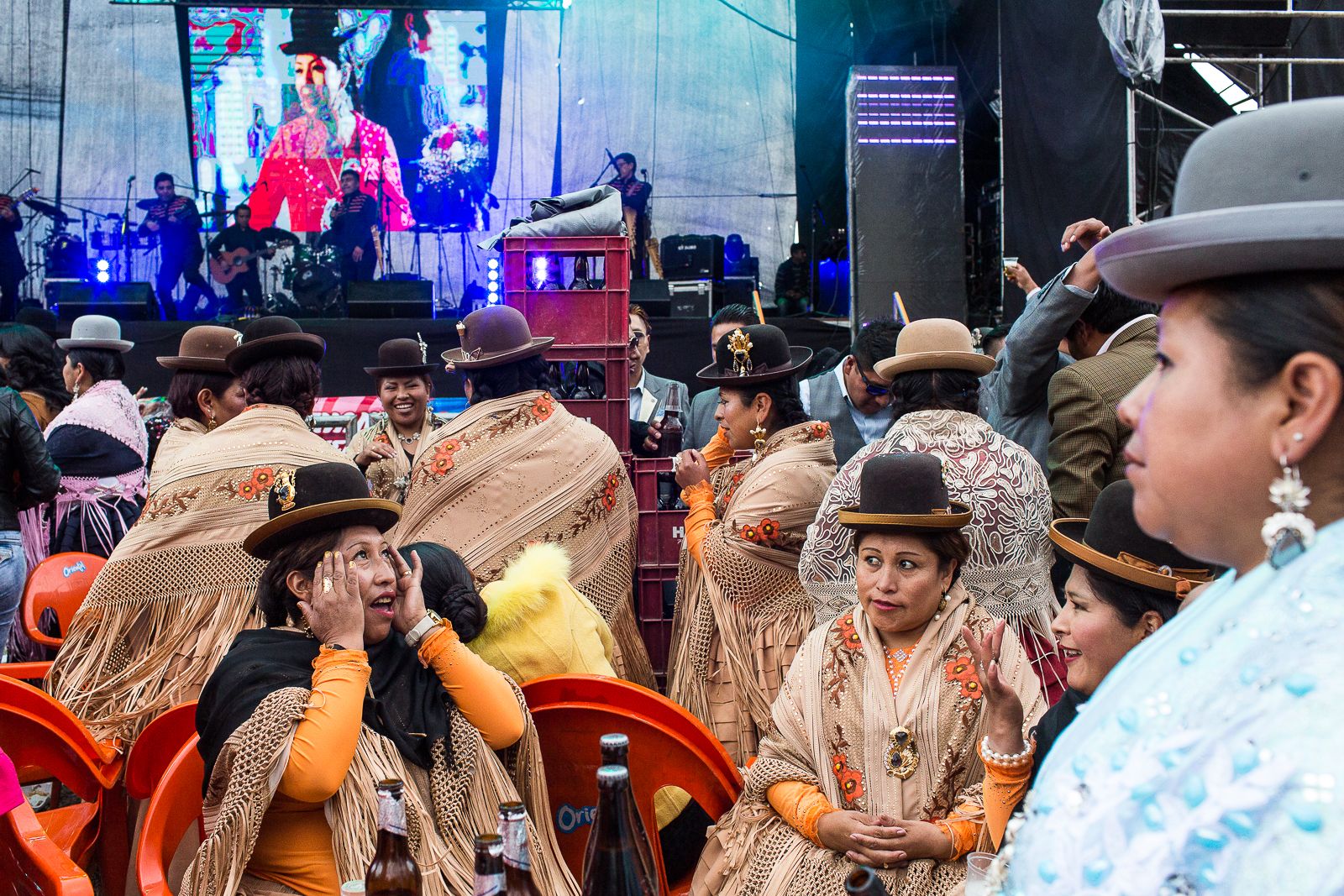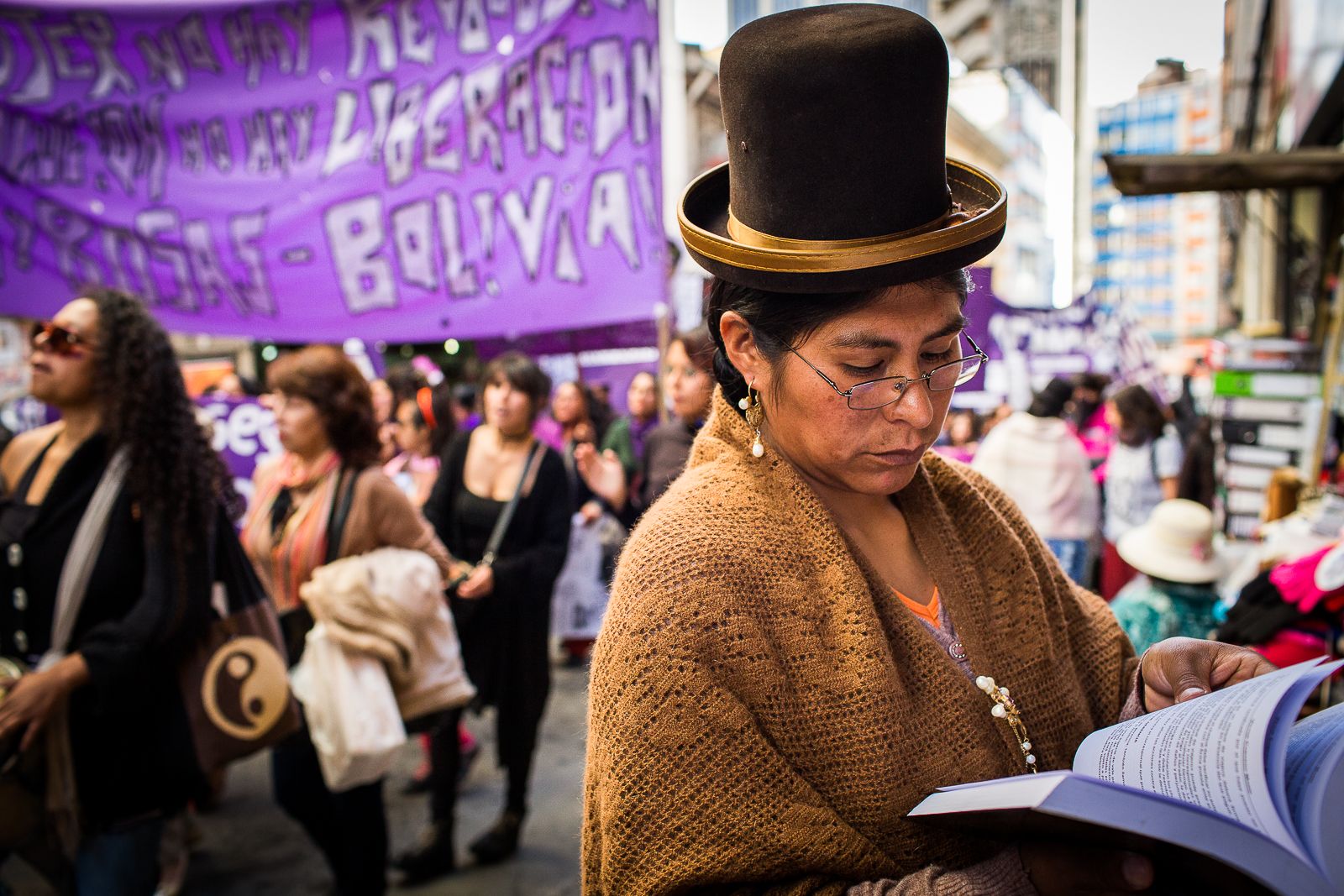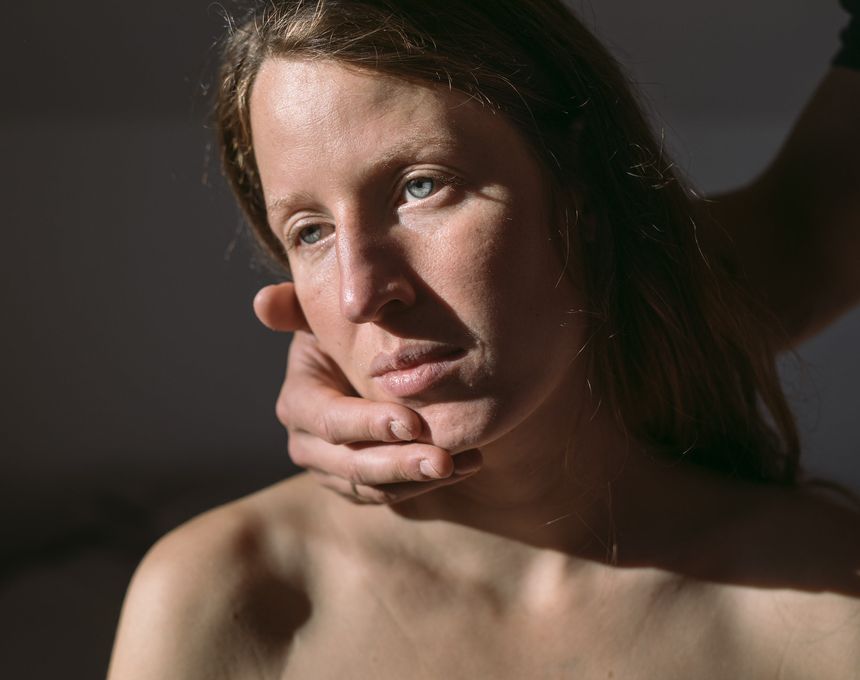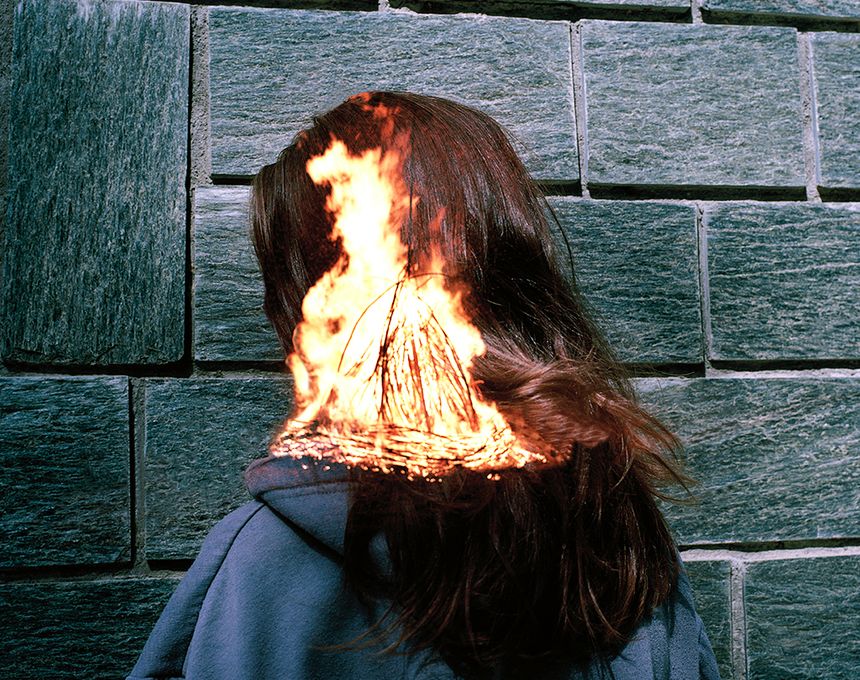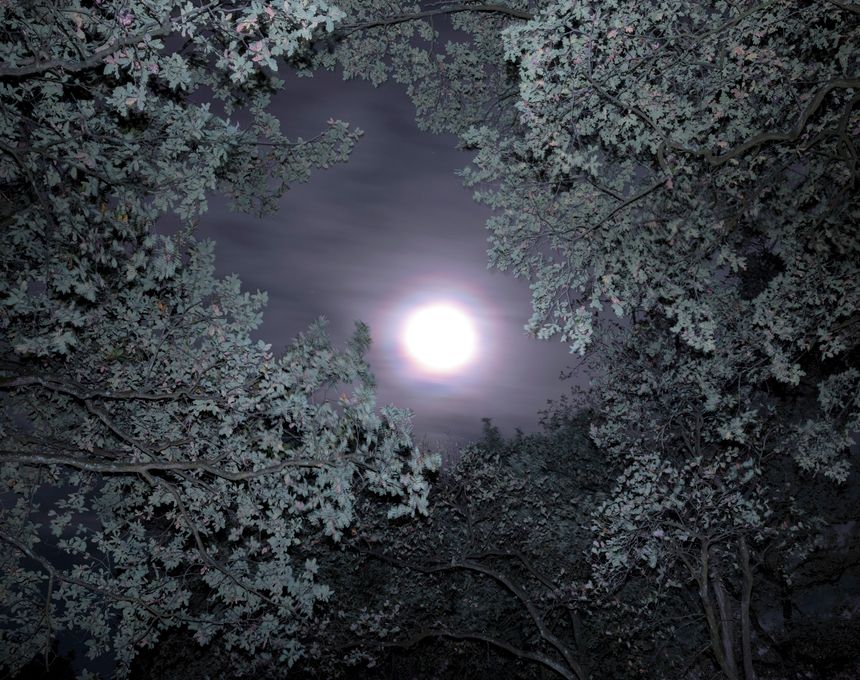Cholita's Rise
-
Dates2014 - 2017
-
Author
- Topics Portrait, Social Issues, Editorial
- Location La Paz, Bolivia
Cholita's Rise focus on the empowerment of the indigenous women in Bolivia and how they are occupying important roles in the society, when 10 years ago they were socially discriminated.
As recently as 10 years ago, Bolivia’s indigenous Aymara and Quechua women were socially ostracized and systematically marginalized. Known as “cholitas” (an initially derogatory term which members of the community have re-appropriated and now use with pride), these women—recognizable by their wide skirts, braided hair, and bowler hats—were banned from using certain public transportation or spaces. Their career opportunities, meanwhile, were severely limited, with most becoming either house cleaners or roadside vendors. While these women have been organizing and advocating for their rights since at least the 1960s, their movement was invigorated by Evo Morales’s election, in 2006, as Bolivia’s first indigenous president. Ever since that historic moment, many of the country’s “cholitas” began taking pride in their traditional identity and further asserting their rights as members of Bolivia's society.
Portraying their accomplishments not only is a away to celebrate their success but also a way to inspire others to follow their path not only in Bolivia but also in other countries around the world where women suffer the same discrimination and unequal opportunities that the indigenous women of Bolivia once had and in many cases still do.
